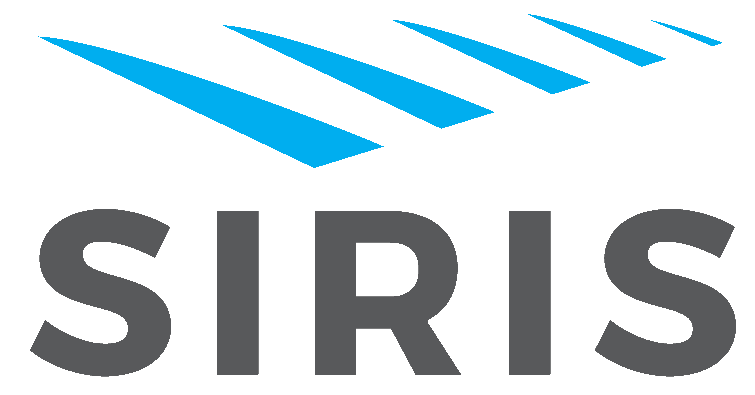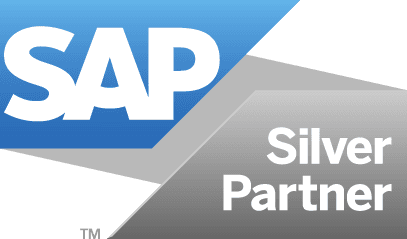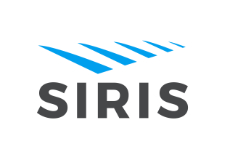Cloud ERP has come of age, but the uptake is still very slow. Why are enterprises reluctant to make the switch from on-premise to cloud? There are many misconceptions about cloud-based ERP, that may be holding you back. Let’s bust those myths and sort out fact from fiction.
– By Robin Brown, Director, Siris Cloud Solutions (www.siris.co.za).
Myth 1: Cloud ERP is difficult to manage.
Like so many myths, the opposite is, in fact, true. With Cloud ERP, all back-end management is handled by the SaaS/PaaS provider. The off-site technical team handles everything your in-house IT team would have done: hardware, database management, security, back-up/restoration, high availability and disaster recovery. This leaves the IT department free to concentrate on running the business infrastructure.
Myth 2: SAP is not user-friendly
In recent years, SAP has focused on the front end, and the new generation of Cloud ERP products, like Business ByDesign, is UX friendly and sports user interfaces that are modern and intuitive, made-for-mobile and ergonomic. SAP’s commitment to improving the user experience is evidenced by the recent acquisition of Qualtrics, a global leader in experience management (XM) software. Simplicity with power is the key design philosophy: these systems are made to serve humans, not the other way round.
Myth 3: Cloud ERP is expensive
Multi-tenant cloud-based ERP is significantly more cost-effective than on-premise deployment because a number of customers share the hardware and software installation and maintenance/upgrade costs. With SaaS, a subscription model avoids significant upfront capital investment in the form of hardware and software acquisition costs. Even single-tenant cloud-based ERP systems are more cost-effective than on-premise deployments because the SaaS provider is able to leverage economies of scale by having large data centers servicing multiple businesses.
Myth 4: The Cloud is not secure
‘In the Cloud’ means living on the internet, right? Well, not quite. The internet is used to deliver the information, but the software and data live in highly-secured data centers that have 24/7/365 protection, provided by expert security teams, with strict policies, regular audits and penetration testing for regulatory compliance. Most data breaches come from within the organization, so a proper cloud-based system is, in fact, more secure. SAP’s data centers comply with strict EU GDPR requirements..
Myth 5: Moving from On-premise to the Cloud is complex
Implementing a new automation system can be daunting, and yes, it is complex. There is so much to consider, not the least of which is the possibility of business disruption. That’s why it’s important to choose the right software and a service partner with the experience to understand your business and how best to deliver value from the ERP software. At Siris, our heavyweight team sweats the details before plunging into the task of migrating. Numerous mock data loads are performed in a non-production environment, and used as the basis for testing and training. Only once the client is comfortable, will the live data migration and cut-over take place in the production environment.
Myth 6: Cloud automation will replace jobs
Yes and no – but mostly no. Automation and digitalization are changing the world, and so many mundane jobs are already being done by robots or automated systems. As AI advances, the ability for automated systems to do more of the complex, yet repetitive tasks, increases. Automation allows people to be more efficient and to do more meaningful and interesting work.
Myth 7: There is a risk of downtime
If your server goes down, whether it’s due to malware, power problems or mechanical failure, it could bring your business to a halt. SAP has 45 data centers in 25 locations across the world, with more being built all the time. These data centers have iron-clad security, redundant power sources, redundant cooling and high-end fire protection systems. In addition, each data center is backed up to a remote location, in case of a major catastrophe (such as an earthquake or act of war).
Myth 8: Software updates may disrupt operations
At SAP, every effort is made to test software updates before they are rolled out, and clients are given advance notification of scheduled updates with details of planned changes. Updates tend to be over weekends so the risk of operational disruption is minimized. Single-tenant customers also have the flexibility to schedule their “upgrade weekend” within a certain time-frame. It’s important to note that true Cloud ERP (SaaS) is designed for seamless, regular upgrades. This is achieved by keeping the core solution “vanilla” and performing complex customization on a separate application development platform (PaaS).
Myth 9: Customization is limited
Because every business is unique, Cloud ERP products like SAP Business ByDesign cater for extensive customization. Simpler customization, such as customer-specific forms and fields, can be performed directly with the ERP system, while more complex customization can be done with SAP Cloud Platform, which integrates with the Cloud ERP system. With regular upgrades, Cloud ERP solutions are improving all the time, and what used to be considered customization has in many cases become part of standard configuration.
Myth 10: Limited product suites
SAP Business ByDesign has earned the moniker ‘suite in a box’, because it can provide most of the applications that a business might need, including SCM (logistics), CRM, procurement, project management, finance and HR. Sectors that successfully employ this robust ERP system include manufacturing, professional services, wholesale and distribution, retail, construction and engineering. The advantage of a ‘suite in the box’ Cloud ERP over a collection of disparate ‘line-of-business’ applications is the fact that integration and data quality across core modules is guaranteed by the software vendor. Moving ERP to the cloud enables fast, anytime, anywhere (mobile) access. It’s cost-effective, easy to maintain, flexible in terms of adding or removing business processes, and agile to scale as the company grows and changes.
Cloud computing and automation are transforming the business world as we know it. Those businesses that fail to move with the times will be left behind, as their competitors improve efficiencies, enable better customer centricity, and become more adaptable to shifting customer needs. Cloud ERP is a certain competitive advantage for companies who want to become future fit. www.siris.co.za





